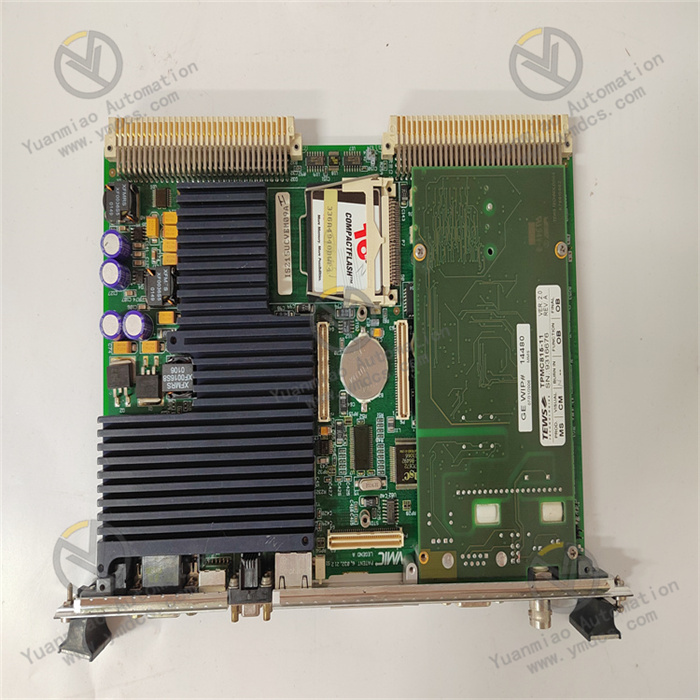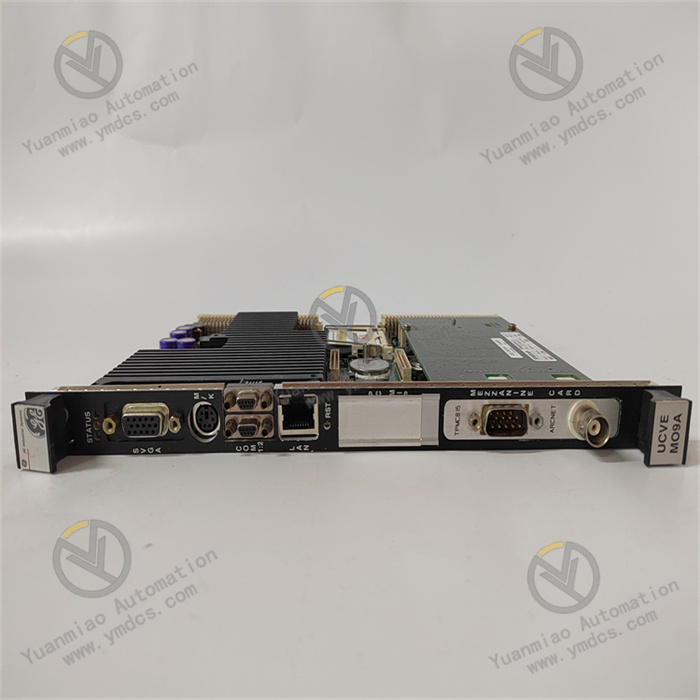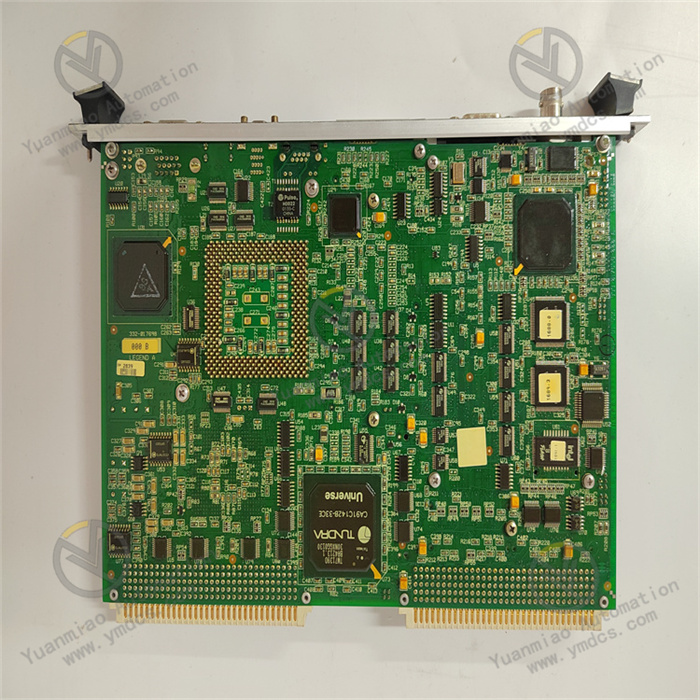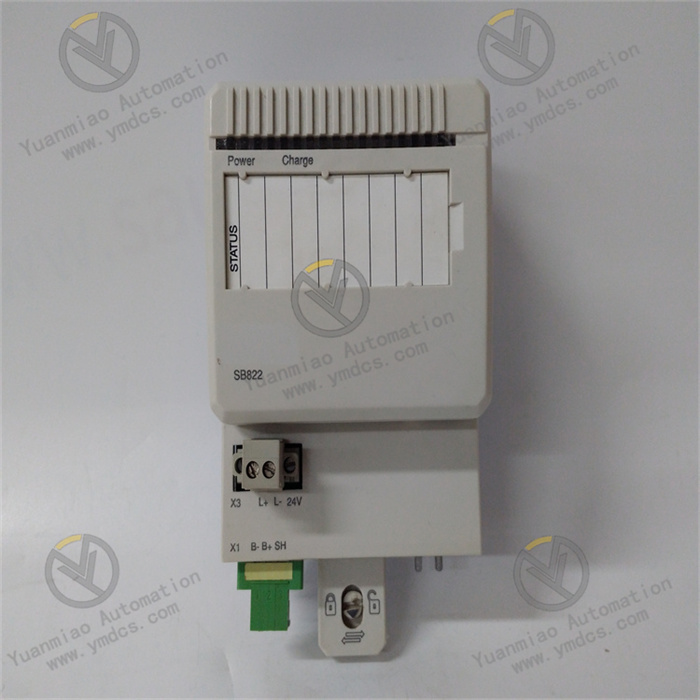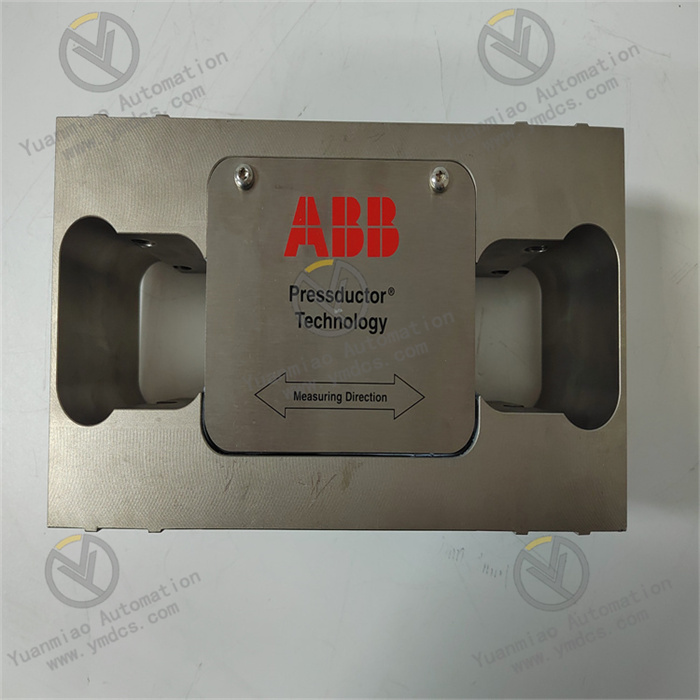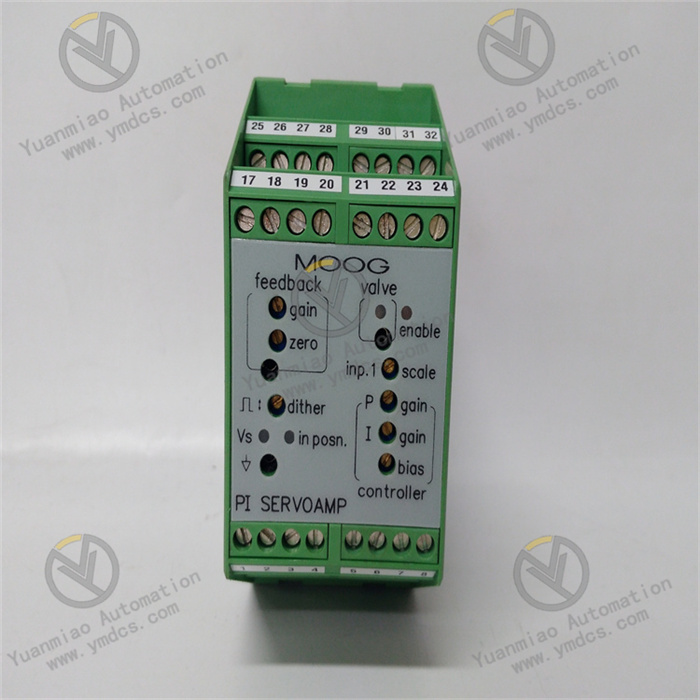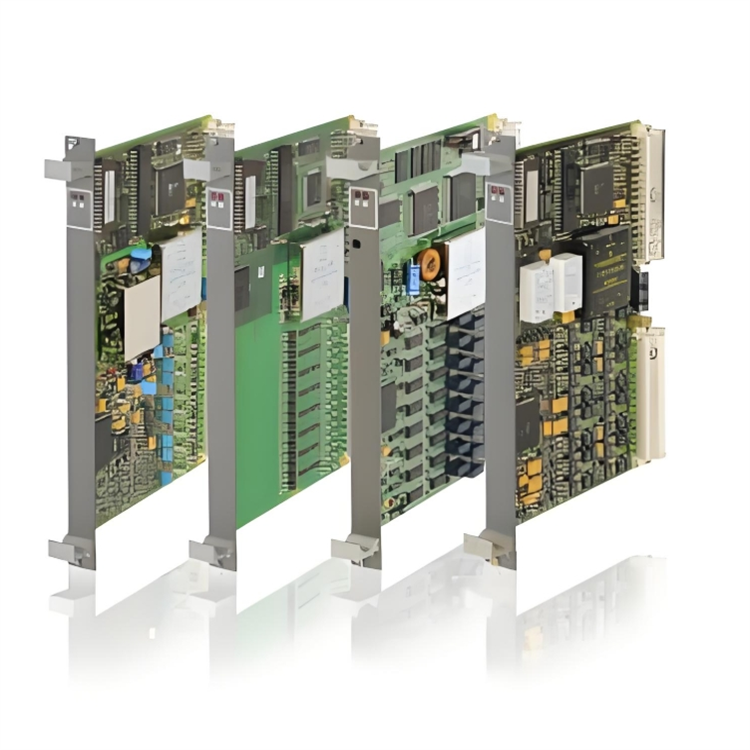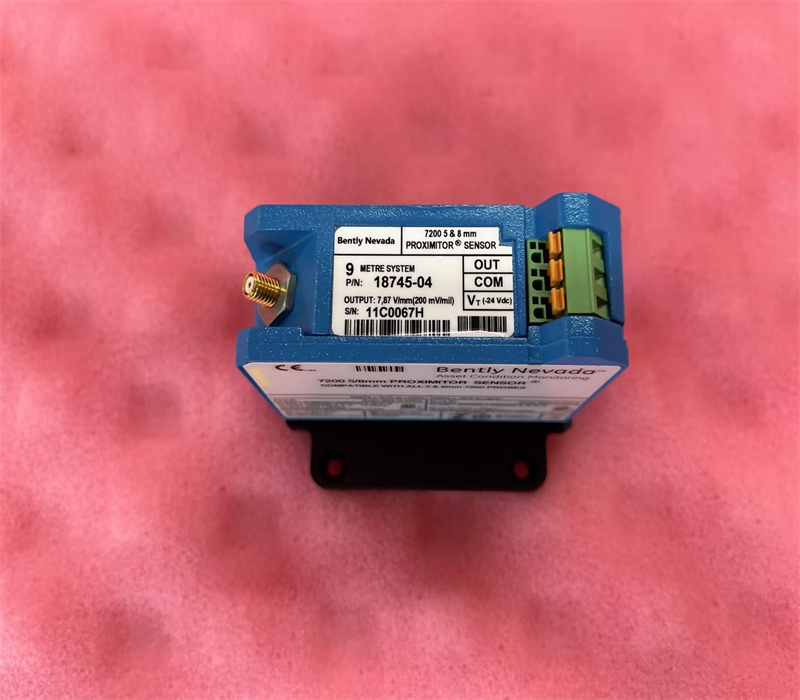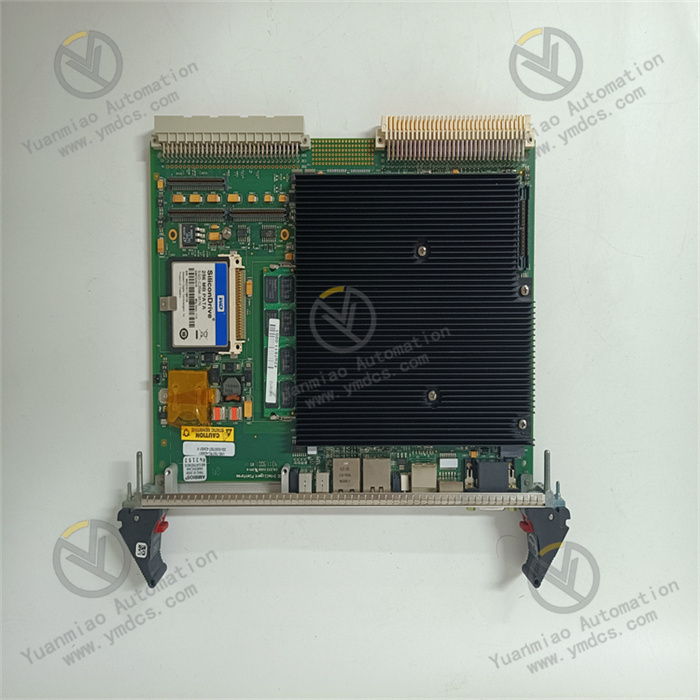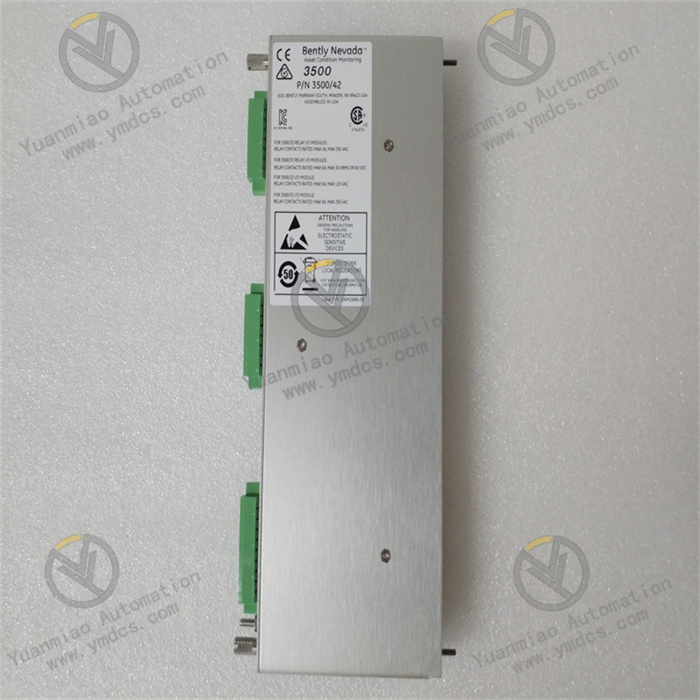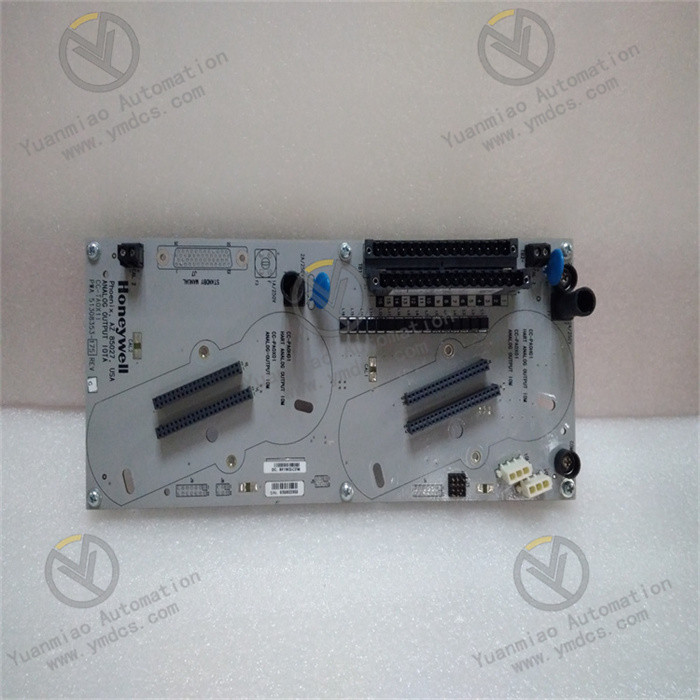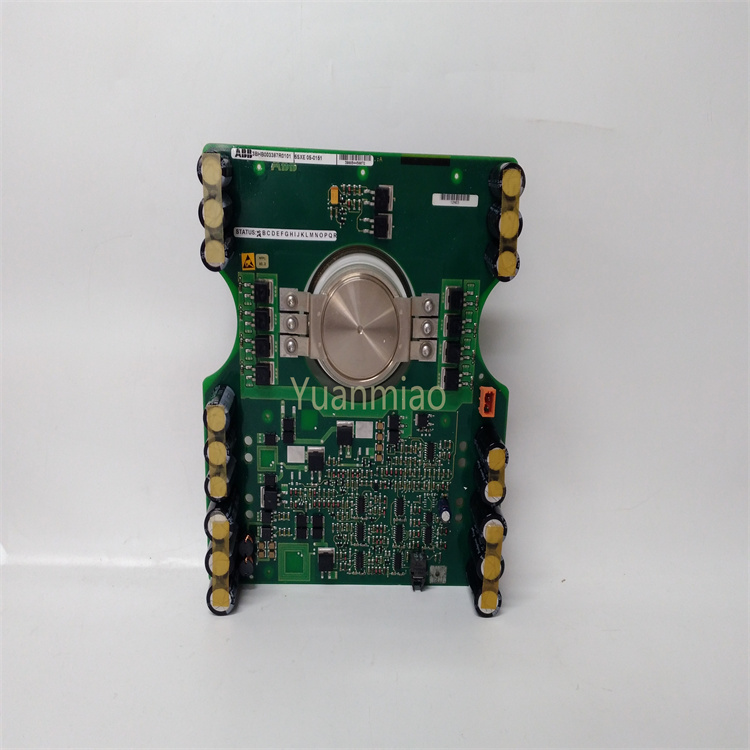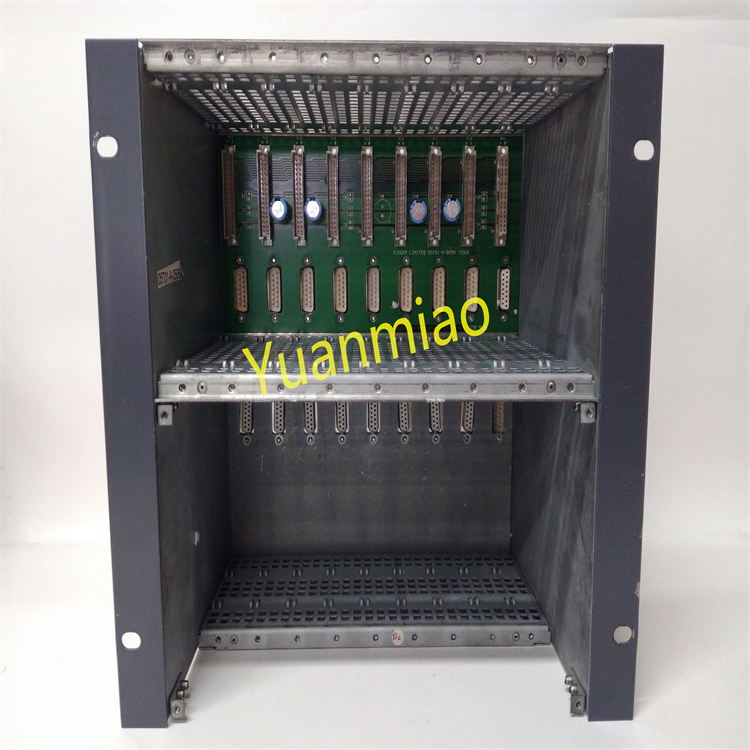Description
GE IS215UCVEM09A
I. Overview
The GE IS215UCVEM09A is a compact control module, an important component of the Mark VIe series control system. It is specifically designed for precision control scenarios in small and medium-sized rotating machinery and process industries. Adopting a highly integrated hardware architecture, this module integrates signal acquisition, logic calculation, control output, and anti-interference design into one unit. It enables real-time monitoring of equipment operating parameters, precise execution of control commands, and dynamic feedback of system status.
II. Functional Features
The GE IS215UCVEM09A is highly tailored to the needs of small and medium-sized industrial control scenarios. It integrates GE's core control technologies and has the following core functional features:
- Streamlined and Efficient Signal Acquisition Capability:Equipped with 8 analog input channels, it supports the acquisition of 4-20mA DC standard current signals and Type J thermocouple temperature signals, enabling accurate capture of key equipment parameters such as rotational speed, pressure, temperature, and flow rate. The analog acquisition accuracy reaches ±0.1% FS, and the sampling refresh rate is 100Hz, which can promptly respond to parameter fluctuations and provide precise data for control decisions. Additionally, it is configured with 16 digital input channels (24V DC) for collecting discrete signals such as limit switch signals, solenoid valve feedback, and emergency stop signals. The input circuit adopts a 2000V AC photoelectric isolation design, which effectively resists on-site electromagnetic interference and ensures signal stability.
- Precise and Flexible Control Output Function:It has 6 analog output channels (4-20mA DC) with an output accuracy of ±0.2% FS and a load driving capacity of up to 600Ω. These channels can directly drive control components such as small valve positioners and actuators, realizing fine adjustment of parameters. Equipped with 12 digital output channels, it adopts a transistor output mode (rating: 1A/24V DC) and supports configuration of normally open/normally closed modes, suitable for scenarios such as equipment start-stop, alarm output, and solenoid valve control. The output circuit has a built-in overcurrent protection mechanism, which quickly cuts off the output when the load is abnormal; after the fault is eliminated, the output can be restored through software reset.
- Stable Calculation and Control Performance:It is equipped with a GE-customized 32-bit industrial-grade MCU (Microcontroller Unit) with a core operating frequency of 300MHz, supporting real-time calculation of basic control algorithms such as PID (Proportional-Integral-Derivative) and logic interlocking. The module has a built-in 512KB program storage space and 2MB data storage space, which can store multiple sets of simple control logic schemes and support online switching of operation modes. Through the GE ToolboxST configuration software, drag-and-drop programming is used to build control logic, and a built-in library of basic function blocks reduces development difficulty and shortens project cycles.
- Convenient Communication and Integration Capability:It adopts the Genius Bus communication protocol and is equipped with 2 communication ports, supporting redundant configuration. The maximum communication rate is up to 500kbps, ensuring the reliability of data transmission. It can be directly connected to the Mark VIe control system to realize data interaction with the main controller and other modules; at the same time, it supports compatibility with general protocols such as Modbus RTU through a protocol conversion module, meeting the integration needs of third-party small PLCs and monitoring systems, and realizing centralized equipment monitoring.
- Basic Fault Diagnosis and Protection Design:Built with a basic self-diagnosis module, it real-time monitors the module's power supply status, communication links, input/output channels, and core circuit status. When issues such as channel failure, communication interruption, or power supply abnormality are detected, it can trigger an alarm within 10ms, upload fault codes and information through the communication interface, and light up the corresponding LED fault indicator, facilitating maintenance personnel to quickly locate the fault. It supports module-level hot redundancy configuration; the main and standby modules synchronize data in real time, and when the main module fails, the standby module automatically switches within 15ms to ensure uninterrupted control.
- Industrial-Grade Reliability and Compact Design:It uses components with a wide temperature range, with an operating temperature range of -30℃~70℃ and a storage temperature range of -40℃~85℃, adapting to conventional industrial environments. The module adopts a compact circuit layout and is equipped with a high-efficiency heat sink, achieving good heat dissipation without additional fans. The housing is made of flame-retardant plastic material with an IP20 protection rating, and has certain vibration resistance (5-500Hz, 1g acceleration) and impact resistance (10g, 11ms) capabilities. It complies with the IEC 61000-6-2/4 industrial electromagnetic compatibility standard, with a Mean Time Between Failures (MTBF) of more than 120,000 hours.
- Simple Configuration and Operation & Maintenance Management:It supports parameter configuration, logic programming, fault diagnosis, and firmware upgrade through the GE ToolboxST configuration software. The front of the module is equipped with a 1.8-inch LCD display and 4 operation buttons, which can locally display parameters of each channel, operation status, and fault information, and support operations such as local parameter fine-tuning and fault reset. It supports online debugging, allowing parameter modification without disconnecting the power supply, improving operation and maintenance efficiency.
III. Technical Parameters
| Parameter Category | Parameter Name | Specific Parameters | Unit |
|---|---|---|---|
| Basic Parameters | Model | GE IS215UCVEM09A | - |
| Overall Dimensions (L×W×H) | 200×160×75 | mm | |
| Weight | Approximately 1.1 | kg | |
| Installation Method | Rack-mounted (compatible with GE Mark VIe standard cabinets and small cabinets) | - | |
| Power Supply Parameters | Power Supply Voltage | DC 24V (±10%) | V |
| Rated Power Supply Current | 2.5A | A | |
| Power Consumption | ≤60W | W | |
| Power Supply Redundancy | Supports dual-channel independent power input redundancy | - | |
| I/O Parameters | Analog Input Channels | 8 channels, 4-20mA DC/Type J thermocouple, ±0.1% FS accuracy | Channel |
| Digital Input Channels | 16 channels, 24V DC, 2000V AC photoelectric isolation | Channel | |
| Analog Output Channels | 6 channels, 4-20mA DC, ±0.2% FS accuracy, 600Ω load | Channel | |
| Digital Output Channels | 12 channels, transistor output, 1A/24V DC | Channel | |
| Isolation Voltage | 2000V AC (mutual isolation between input/output/power) | V | |
| Sampling Refresh Rate | 100Hz (analog input), 1ms (digital input) | Hz/ms | |
| Communication & Reliability Parameters | Communication Interfaces | 2 Genius Bus ports, supporting redundancy | Port |
| Communication Rate | 500kbps | bps | |
| Operating Temperature Range | -30~70 | ℃ | |
| Mean Time Between Failures (MTBF) | ≥120,000 | Hour |
IV. Working Principle
Based on the closed-loop control process of "signal acquisition - data processing - logic calculation - command output - communication interaction - fault protection", the GE IS215UCVEM09A realizes precise control of small and medium-sized industrial equipment. The specific working principle is as follows:
- Signal Acquisition Stage:On-site sensor signals (such as 4-20mA signals from speed sensors, Type J thermocouple signals for temperature, and 24V DC signals from limit switches) are connected to the corresponding input channels of the module. The analog input channels have built-in signal conditioning circuits, which filter, amplify, and linearize the signals; for Type J thermocouple signals, cold-junction compensation is performed to eliminate interference and errors. Then, a 16-bit A/D converter converts the analog signals into digital signals; the digital input channels are isolated by photoelectric isolation and then shaped by a Schmitt trigger to ensure signal integrity.
- The collected digital signals are transmitted to the core MCU through the internal high-speed data bus, completing the acquisition process. The analog acquisition delay is ≤8ms, and the digital response time is ≤1ms, ensuring the real-time performance of data.
- Data Processing and Logic Calculation Stage:The core MCU performs calibration and scaling conversion on the digital signals, converting the raw data into actual physical quantities (e.g., converting 4-20mA signals into rotational speed values of 0-2000rpm, and Type J thermocouple signals into temperature values of 0-300℃). Then, according to the pre-configured control logic (such as PID adjustment and simple interlocking logic), it performs calculations based on real-time parameters and set values to generate control commands. For example, when the fan speed is lower than the set value, an analog command to increase the motor frequency is output; when the pressure exceeds the limit, a digital command to close the intake valve and an alarm signal are generated.
- The MCU simultaneously runs a self-diagnosis program to monitor parameters such as power supply voltage, communication status, channel signals, and core temperature, and compares them with preset thresholds. If an abnormality is detected, it immediately generates fault information and marks the fault type.
- Control Command Output Stage:The control commands generated by the MCU are transmitted to the output channels: the analog commands are converted into 4-20mA standard signals by a 16-bit D/A converter, amplified by a power drive circuit, and then output to actuators to realize parameter adjustment; the digital commands control the action of transistors through drive chips, outputting switch signals to controlled equipment to realize start-stop or state switching.
- The output channels have a built-in overcurrent protection circuit. When overcurrent is detected, the output is cut off and locked, and fault information is reported; after the fault is eliminated, the output can be restored through software reset.
- Communication Interaction and Redundancy Synchronization Stage:The module establishes a communication link with the Mark VIe main controller through the Genius Bus interface, uploads real-time parameters, operation status, and fault information according to the configured cycle (5-50ms), and receives control logic and set values issued by the main controller. It communicates with third-party systems through a protocol conversion module to realize centralized monitoring.
- In redundancy configuration, the main and standby modules synchronize data in real time through a dedicated interface. The main module sends a heartbeat signal every 1ms, and the standby module monitors in real time to ensure data consistency.
- Redundancy Switching and Fault Handling Stage:When the main module fails (such as communication interruption or power failure), the standby module detects the abnormality within 15ms, automatically switches to the working state, and takes over control and communication tasks to ensure uninterrupted control. The faulty module is automatically isolated to avoid affecting the system.
- While the fault information is uploaded to the control system, the local LCD displays the fault code and cause, and the LED flashes to alarm. Maintenance personnel can troubleshoot the fault through the configuration software or local operations.
V. Common Faults and Troubleshooting Methods
| Fault Phenomenon | Fault Code | Possible Causes | Troubleshooting Methods | Precautions |
|---|---|---|---|---|
| No response after module power-on, power indicator not on | None | 1. Power supply not connected or terminals loose; 2. Power supply voltage out of range; 3. Faulty power module; 4. Blown fuse in power circuit | 1. Check power cable wiring and fasten terminals; 2. Measure voltage with a multimeter to ensure it is within the range of 21.6-26.4V DC; 3. Switch to the standby power supply; if there is still no response, contact GE after-sales service; 4. Replace the fuse with the same specification (8A/250V AC) | Check for short-circuit points before replacing the fuse; special tools are required to remove the housing; dual-channel power supplies must be connected to independent circuits |
| Large deviation or fluctuation of analog input data | ERR-01 (Analog Input Fault) | 1. Loose sensor wiring; 2. Sensor failure; 3. Unshielded input cable or poor grounding; 4. Lost calibration parameters; 5. Channel interference | 1. Fasten sensor wiring; 2. Verify with a standard signal source; replace the sensor if abnormal; 3. Replace with shielded twisted-pair cables and ensure single-point grounding of the shield layer; 4. Re-calibrate through ToolboxST; 5. Route away from high-voltage cables | A standard signal source with an accuracy of ≥0.05% is required for calibration; multi-point grounding of the shield layer is prohibited; a standard temperature source is required for Type J thermocouple calibration |
| Communication interruption, unable to interact with the main controller | ERR-03 (Communication Fault) | 1. Damaged communication cable or incorrect wiring; 2. Mismatched communication parameters; 3. Damaged communication interface; 4. Both redundant links are faulty | 1. Replace with a dedicated communication cable and verify wiring; 2. Check parameter consistency through the configuration software; 3. Switch to the standby communication interface; contact after-sales service if the fault persists; 4. Repair the redundant links | The module must be restarted for modified parameters to take effect; a 120Ω matching resistor must be connected to the bus terminal; communication cables should be routed away from high-voltage cables |
| No analog output signal or abnormal output value | ERR-02 (Analog Output Fault) | 1. Loose or broken output wiring; 2. Actuator failure or load exceeding 600Ω; 3. Overcurrent protection triggered in the output channel; 4. Incorrect control logic | 1. Fasten output wiring; 2. Disconnect the actuator and measure the module's output signal; repair the actuator if the signal is normal; 3. Locate the overcurrent point and reset via software; 4. Check and correct the control logic | The load must be disconnected when measuring the signal; the actuator load must not exceed 600Ω; reset is prohibited until the overcurrent issue is resolved |
| Redundancy switching failure | ERR-05 (Redundancy Fault) | 1. Redundant cables not connected or loose; 2. Incorrect redundancy parameter configuration; 3. Faulty standby module; 4. Inconsistent firmware versions between main and standby modules | 1. Check and fasten redundant cables; 2. Verify redundancy parameter configuration; 3. Troubleshoot faults in the standby module; 4. Upgrade firmware to the same version | Firmware upgrade requires shutdown; the main and standby modules must be of the same model; parameters must be synchronized and the module restarted after modification |


